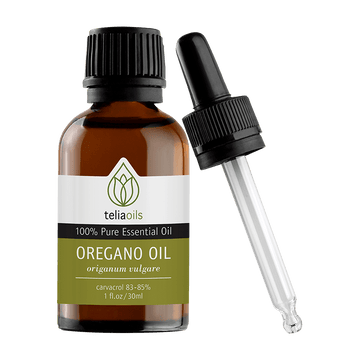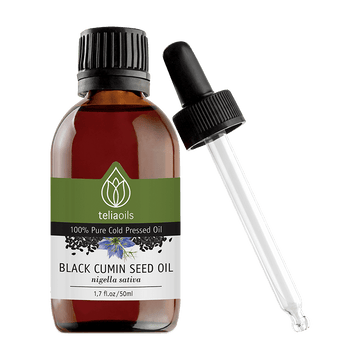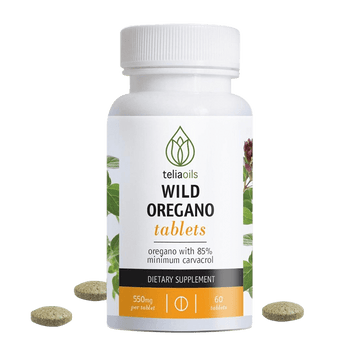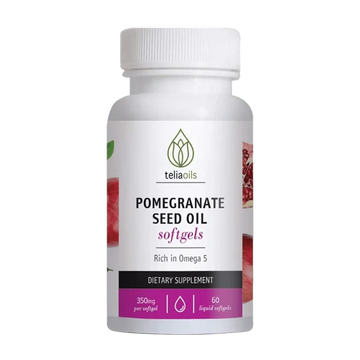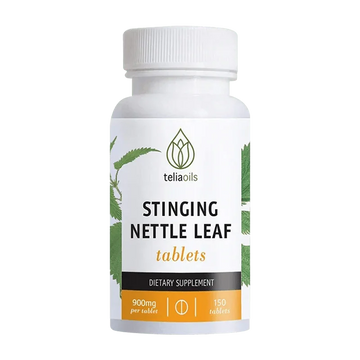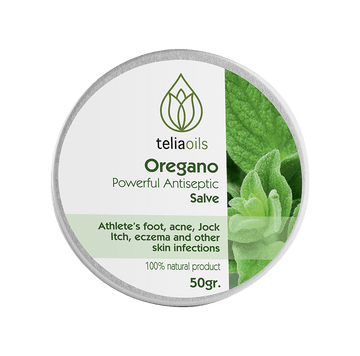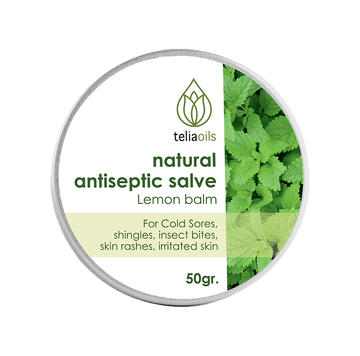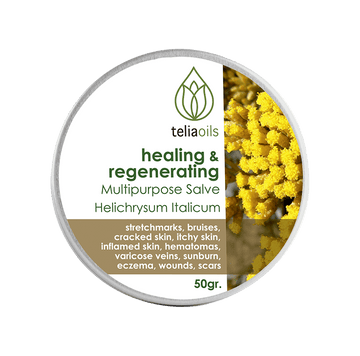How to Protect Your Leather Boots and Bags from Weather Damage Naturally
by Dimitris Zikos on Jun 02, 2025
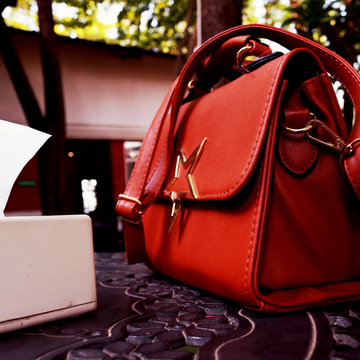
Leather is a timeless material known for its durability, elegance, and versatility. However, exposure to rain, sun, snow, and humidity can cause leather to dry out, crack, fade, or lose its supple texture over time. Many commercial leather care products contain chemicals that can weaken leather fibers, but natural leather conditioners like beeswax and propolis offer a safe and effective way to protect your leather goods from weather damage.
Why Leather Needs Protection from Weather Elements
Leather is naturally porous, meaning it absorbs moisture and loses essential oils over time. Without proper care, weather conditions can take a toll:
- Rain & Snow: Excess moisture causes staining, mold, and cracking when the leather dries too quickly.
- Sunlight & Heat: Prolonged exposure fades leather color and causes dryness and brittleness.
- Humidity: Leather can absorb moisture from the air, leading to mildew growth and deterioration.
- Cold & Freezing Temperatures: Harsh winter conditions make leather stiff and prone to cracking.
Protecting your leather items naturally helps repel water, maintain flexibility, and extend their lifespan.
How to Protect Leather Boots and Bags Naturally
1. Use a Natural Leather Conditioner with Beeswax and Propolis
The best way to protect leather from weather damage is to condition it regularly with beeswax and propolis-based leather conditioners. These natural ingredients create a protective barrier that repels moisture while keeping leather supple.
- Beeswax: Forms a water-resistant shield, preventing rain and snow from seeping into the leather.
- Propolis: Contains antimicrobial properties, preventing mold and mildew in humid conditions.
- Natural Oils (like Jojoba or Coconut Oil): Help soften and hydrate the leather, preventing cracks.
How to Apply:
- Clean the leather surface with a soft cloth to remove dirt and dust.
- Apply a small amount of the beeswax and propolis conditioner using a clean cloth or brush.
- Massage it in using circular motions, ensuring full coverage.
- Let it absorb for at least 30 minutes or overnight for deep conditioning.
- Buff with a dry cloth to restore shine and smoothness.
Condition leather every 2-3 months, or more frequently if exposed to extreme weather.
2. Waterproof with a Beeswax-Based Leather Balm
If you need extra protection against rain and snow, use a natural beeswax-based waterproofing balm. Beeswax repels water without sealing the leather’s pores, allowing it to breathe.
How to Waterproof Your Leather Items:
- Heat a small amount of beeswax-based leather balm until soft.
- Apply a thin layer over the entire surface of your boots or bag.
- Let it set for a few hours before buffing with a dry cloth.
Reapply every 4-6 weeks during wet seasons to maintain waterproofing.
Leather boots and bags are long-term investments, and protecting them naturally ensures they remain beautiful and durable for years. By using beeswax and propolis-based conditioners, waterproofing treatments, and proper storage techniques, you can shield your leather items from rain, sun, and humidity damage without relying on synthetic chemicals.

